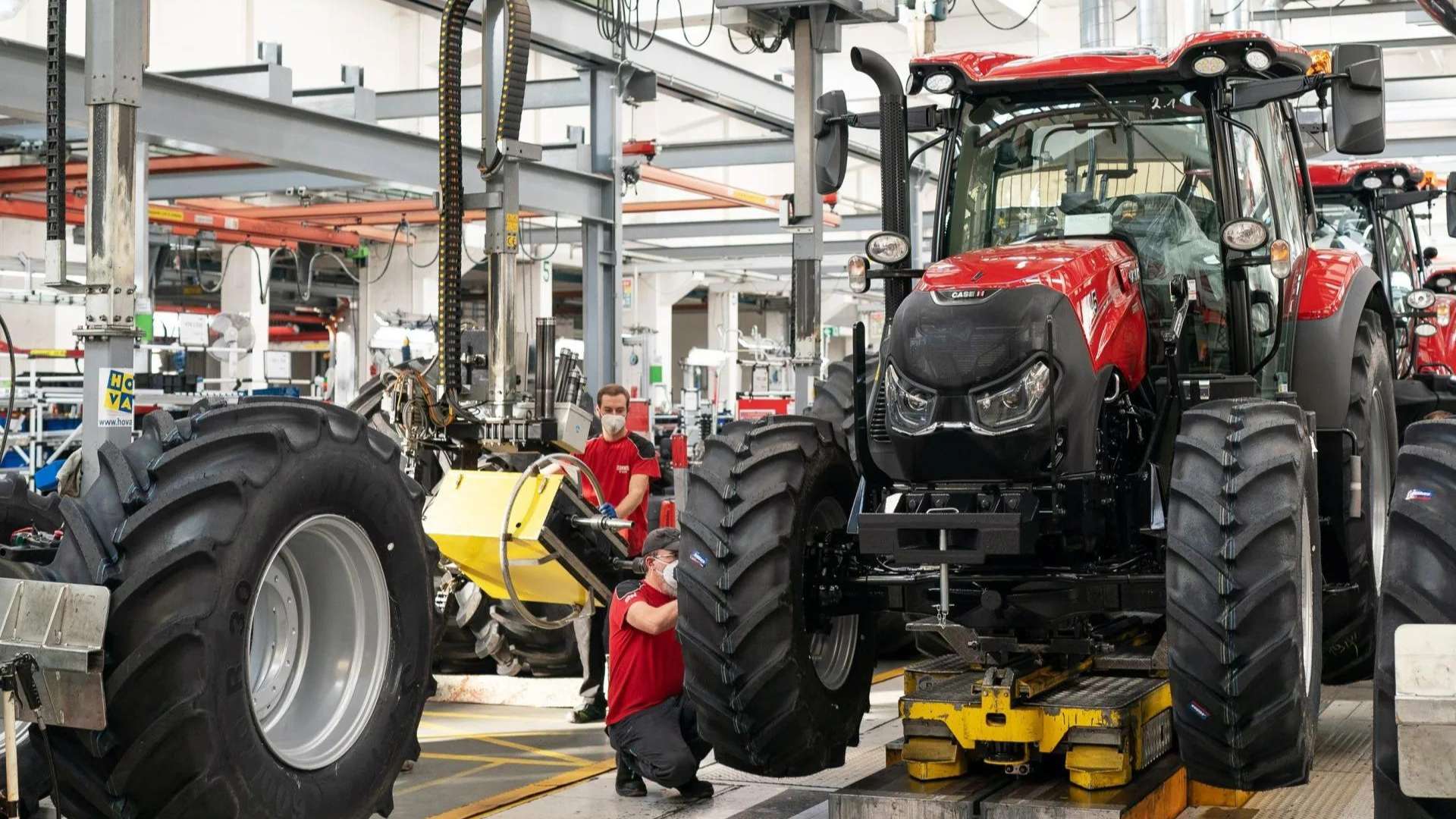In the fast-paced world of manufacturing, prioritizing safety is crucial to protect employees, comply with regulations, and achieve operational excellence. This article explores the importance of manufacturing safety and presents key strategies for maintaining a secure work environment. By implementing these best practices, organizations can mitigate risks, reduce workplace injuries, and foster a culture of safety.
Importance of Manufacturing Safety in the Workplace
Manufacturing safety is a top priority to safeguard employees and prevent accidents in the industrial setting. Compliance with safety regulations and adherence to proper protocols are essential. According to the Occupational Safety and Health Administration (OSHA), manufacturing accounts for a significant proportion of workplace injuries and fatalities. In 2020 alone, the manufacturing industry reported over 400,000 non-fatal injuries and illnesses. Prioritizing safety measures helps reduce accidents, associated costs, and potential legal liabilities.
Challenges in Manufacturing Safety
Manufacturers face various challenges in maintaining a safe work environment. Machinery hazards, handling hazardous materials, and ergonomic strains are some common challenges that need to be addressed effectively.
Machinery Hazards: Manufacturing processes involve heavy machinery and equipment. Inadequate machine guarding, improper maintenance, and lack of training can lead to serious injuries. Effective machine safety measures, regular inspections, and comprehensive training programs are essential to mitigate risks.
Handling Hazardous Materials: Manufacturing facilities handle various hazardous materials, including chemicals and flammable substances. Proper storage, handling, and disposal procedures must be followed to minimize risks to employee safety and the environment. Adequate training and the use of appropriate personal protective equipment (PPE) are critical in preventing accidents.
Ergonomic Strains: The physical demands of manufacturing tasks, such as repetitive motions, awkward postures, and heavy lifting, can lead to musculoskeletal disorders and reduced productivity. Implementing ergonomic principles, providing training on proper body mechanics, and introducing ergonomic workstations can help prevent injuries and improve overall well-being.
Best Practices for Manufacturing Safety
To overcome these challenges and ensure manufacturing safety, organizations should implement the following best practices:
Conducting Risk Assessments and Safety Audits
Regularly assess workplace hazards and vulnerabilities through comprehensive risk assessments. Conduct safety audits to identify areas for improvement and ensure compliance with safety regulations and industry standards. These proactive measures enable organizations to develop targeted safety protocols.
Providing Employee Training and Education
Offer comprehensive safety training programs to all employees, covering machinery operation, hazard recognition, proper use of PPE, and emergency response procedures. Ongoing training ensures that employees are well-equipped to handle potential risks and make informed decisions to prevent accidents.
Establishing Effective Communication Channels
Promote a culture of safety by establishing open lines of communication between management and employees. Encourage the reporting of potential hazards, near misses, and safety concerns. Regular safety meetings, newsletters, and visual reminders help reinforce safety expectations and actively involve employees in safety initiatives.
Developing Robust Safety Policies and Procedures
Create and implement robust safety policies and procedures tailored to manufacturing operations. Ensure that all employees are aware of these protocols and understand their roles and responsibilities in maintaining a safe work environment. Regularly review and update safety guidelines to incorporate changing industry standards and best practices.
Embracing Technology and Automation
Leverage technology to enhance safety in manufacturing processes. Implement automated systems, robotics, and sensors to reduce manual handling of hazardous materials and minimize the risk of accidents. Safety monitoring systems and real-time data analytics provide valuable insights for proactive identification and mitigation of potential safety issues.
Conclusion
Prioritizing manufacturing safety is essential to protect employees, comply with regulations, and achieve sustainable growth. By implementing best practices such as comprehensive training, effective communication, and robust safety protocols, organizations can create a secure and productive work environment. By addressing machinery hazards, handling hazardous materials responsibly, and promoting ergonomic well-being, manufacturers can mitigate risks and ensure the well-being of their workforce. Embracing a culture of safety is not only a moral obligation but also a strategic imperative for long-term success in the manufacturing industry.
About Soter Analytics
Soter Analytics is a global safety science company producing AI-supported wearable solutions that reduce the risk of ergonomic injuries in the workplace. Soter wearables are widely used in logistics, manufacturing, healthcare and other industries, helping leading companies to prevent up to 55% of back & shoulder musculoskeletal injuries.
To see how Soter Analytics can help you improve safety behaviour, engage employees to self-manage their training and prevent workplace ergonomic injuries, simply Book a FREE Demo today.
